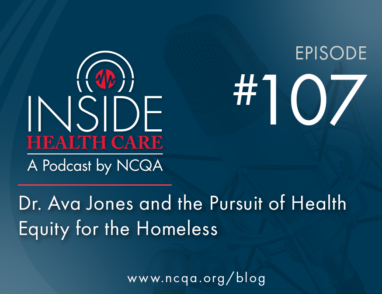Does the Patient-Centered Medical Home Work? Yes, and…
March 16, 2016 · Michael S. Barr, MD
This week, the Annals of Internal Medicine published a very timely study led by Dr. Lisa Kern. It is a 5-year longitudinal cohort study of primary care practices from the Taconic Independence Practice Association in New York’s Hudson Valley that achieved Level 3 status on the NCQA 2008 Patient-Centered Medical Home (PCMH) standards.
The Study Details
While only 12 practices were in the intervention group, the study collected extensive data on quality measures and utilization of care, and was done in collaboration with 6 health plans. The plans provided a modest incentive of $2 – $10 per patient per month and two consulting groups provided technical assistance.
The program initially focused on a set of 8 ambulatory care quality measures from HEDIS. However, over time, “clinical transformation needed to achieve changes in health care utilization” became a greater priority. The results of this study likely reflect this shift since the most notable findings relate to utilization of care.
Of the 8 quality measures, there were modest, yet statistically significant improvements in two and the PCMH practices outperformed the control practices in 2 additional measures (though overall performance on those measures, for some unknown reason, decreased for all groups over time).
Patient-Centered Medical Home Progress
In the final year of the study (2012), the PCMH practices demonstrated modest and statistically significant differences in the rate of change compared to the two control groups on 6 of 7 utilization measures: 7-9% more primary care visits; 10% fewer specialty visits; 4-8% fewer laboratory tests; 4-8% fewer radiologic tests; 21-23% fewer hospitalizations and 57-60% fewer re-hospitalizations for every 100 patients. Only the rate of ED visits did not improve relative to the control groups.
What does this study tell us?
While performance on the quality measures was not very impressive, the practices performed according to the priorities emphasized by the project organizers – which became the utilization metrics. This is a good example of what is possible from well-organized, comprehensive primary care practices when given enough time for the transformation, ongoing technical assistance, and appropriate financial incentives.
So, does the PCMH work? Yes…and we need to acknowledge we expect more from this model of care.
Practices in this study were assessed using the 2008 PCMH standards. With each subsequent release, NCQA has included new/updated requirements based on experience with the earlier version. The 2011 NCQA PCMH standards introduced a greater focus on access to care after hours (which might have helped reduce the ED utilization seen in this study), self-care, and facilitating patient access to community resources. The 2014 standards added emphasis on support for behavioral health, care management of high-need populations, and team-based care.
PCMH Improvements Ahead
We are now working on the 2017 PCMH standards as well as a major redesign of the recognition process. Our main focus for 2017 is to refine the PCMH standards to incorporate feedback from the field and lessons learned from the literature. In tandem with the redesigned process, we believe the 2017 program will reduce the effort required for practices to demonstrate their PCMH attributes yet elevate expectations so that recognition is more clearly linked to performance.
So, one more time. Does the PCMH work? Yes and…we expect it will continue to improve.








